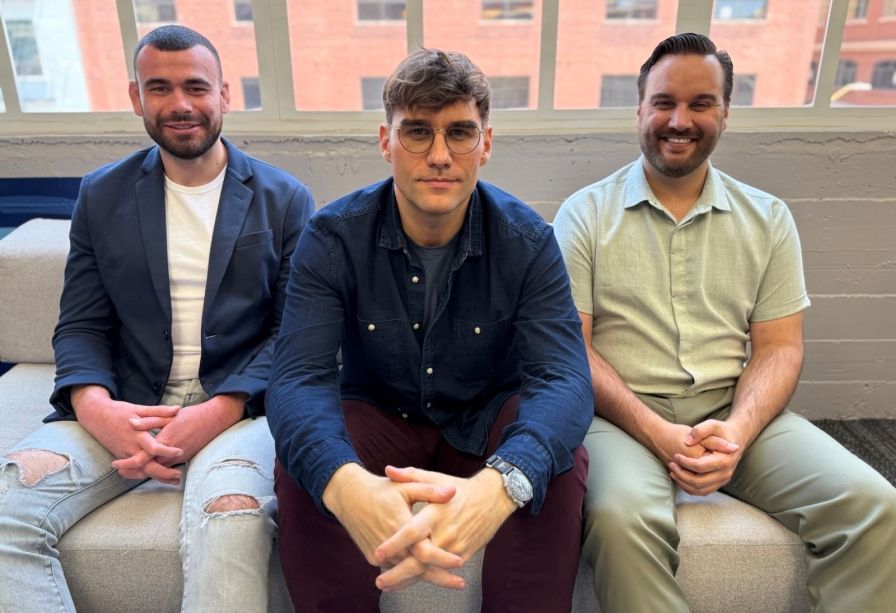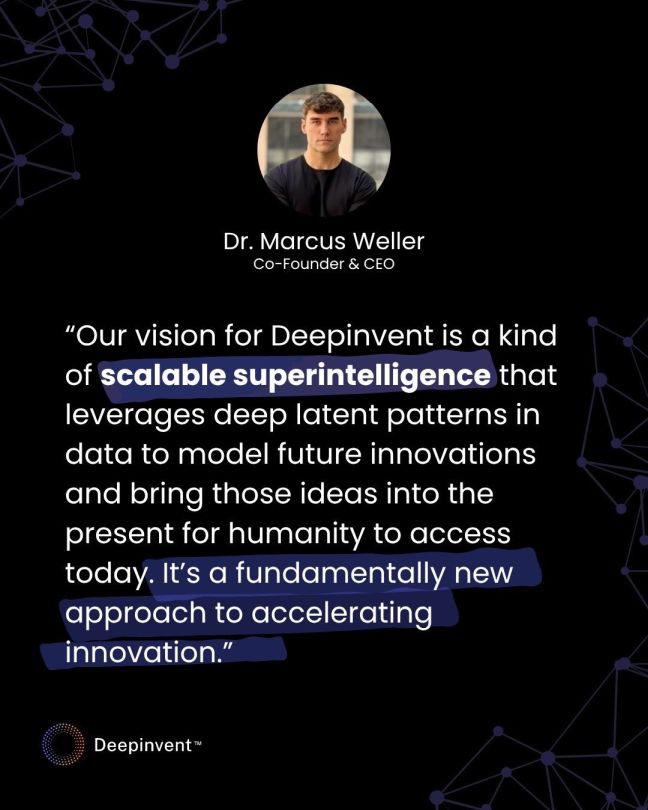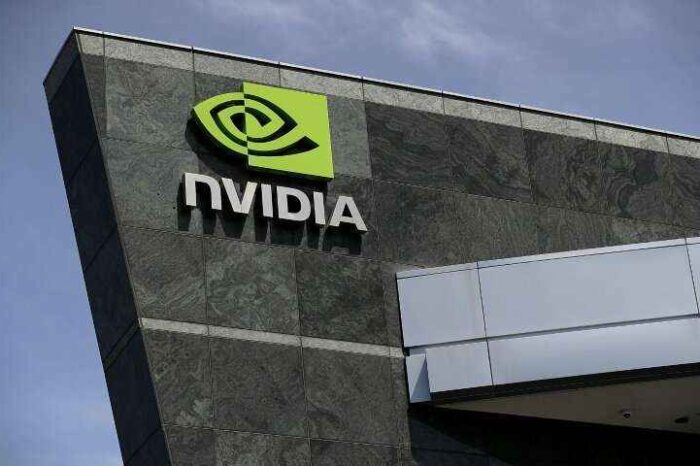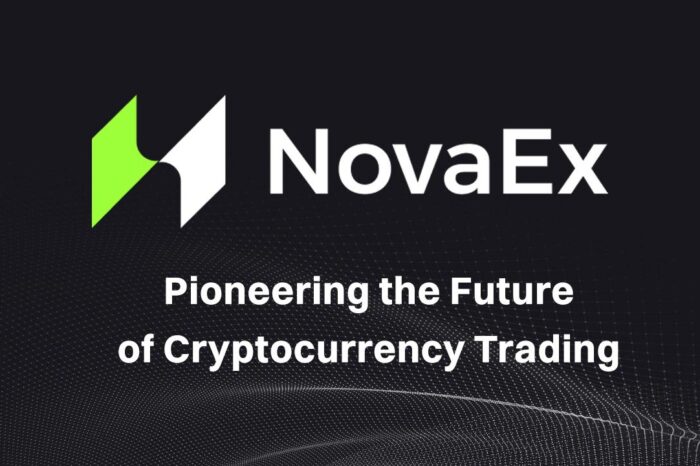Super Intelligence for Innovators: Deepinvent launches world’s first AI Innovator to compress months of R&D into minutes

Silicon Valley startup exits stealth with superintelligence engine that helped users create over 2,000 inventions in its first week.
Most AI companies promise speed. Deepinvent is going after something much bigger: reinvention itself.
The Silicon Valley startup just came out of stealth with what it claims is the first AI system built not to assist inventors, but to be one. Its launch product, called the AI Innovator, can take a rough idea and turn it into a detailed, patent-ready invention in minutes. In its first week, users created over 2,000 unique inventions across sectors like biotech, semiconductors, aerospace, defense, and energy.
This isn’t about writing code or summarizing PDFs. Deepinvent’s system analyzes massive volumes of scientific literature and patent filings, maps the market landscape, and produces breakthrough IP aligned with high-value opportunity zones. For startups that usually spend months or even years on R&D, that timeline has just collapsed.
Dr. Marcus Weller, Deepinvent’s CEO and co-founder, says the company is building a different kind of AI—one that can predict where innovation is headed and deliver those ideas now.
“Models up to now essentially summarize what already exists,” Weller said. “Our vision for Deepinvent is a kind of scalable superintelligence that leverages deep latent patterns in data to model future innovations and bring those ideas into the present for humanity to access today. It’s a fundamentally new approach to accelerating innovation.”
What Deepinvent Is Actually Building
Deepinvent isn’t chasing product features or productivity hacks. It’s aiming to build infrastructure for invention itself. The AI Innovator is designed to analyze ideas, identify market gaps, and generate patent-grade intellectual property without relying on teams of researchers, lawyers, or months of iteration.
Users input an idea, and Deepinvent returns a structured output that includes relevant prior art, market validation, and newly generated inventions ready for filing. Some users have already used the tool to generate novel semiconductor designs, drug discovery approaches, and climate tech innovations in under an hour.
Founders with a Vision for Scalable Superintelligence
Weller isn’t new to this space. A government adviser and cognitive scientist, he holds a PhD in industrial psychology and has spent years working at the intersection of neuroscience and artificial intelligence. His brother, Mitchell Weller, is Deepinvent’s co-founder and Chief Legal Officer, with experience in policy and entrepreneurship. Together with CTO Aljoša Rakita, the team set out to build something that could steepen the curve of human progress, not just automate existing work.
And their ambitions are anything but modest. The company’s long-term goal is to help uplift global GDP by $10 trillion in the next decade by enabling more people to create high-value intellectual property at scale. The company is backed by Antler and already has traction with Fortune 500 companies, research institutions, and individual innovators.
From Idea to IP: How the AI Innovator Works
What sets Deepinvent apart is how it approaches invention. The AI system doesn’t just generate content—it generates context. Users can input an idea and instantly get back a set of relevant academic research, patent filings, and market data. The platform then identifies whitespace—areas of opportunity where innovation is likely to succeed—and generates IP that fills the gap.
The process follows three stages. First, the system ingests an idea and validates it against existing literature and IP. Then, it builds a cross-disciplinary knowledge graph to identify high-value opportunity zones. Finally, it generates invention drafts using a proprietary algorithm that evolves the idea and produces precise, structured IP output.
“Deepinvent is a new class of compound AI systems. It combines specialized models, tool use, and cognitive heuristics specifically developed to accelerate invention through emergent innovation behavior,” said CTO Rakita.
The result is a fully formed invention with commercial potential and a patent draft ready for review.
Engineering Serendipity for the Next Wave of Innovation
The technology draws from cognitive science to model how real human inventors reason, build connections across disciplines, and arrive at novel ideas. Weller calls this “engineering serendipity”—replacing random flashes of inspiration with structured, scalable discovery.
“Our mission is to bring about new, more efficient paths to scalable superintelligence rooted in cognitive science,” Weller said. “Based on what we’re observing, the fact that a single engineer can use Deepinvent to reinvent an industry in under an hour may be a glimpse of a new future, and perhaps a different kind of intelligence than we’ve seen before.”

Deepinvent is now available in public beta and is free to try.




